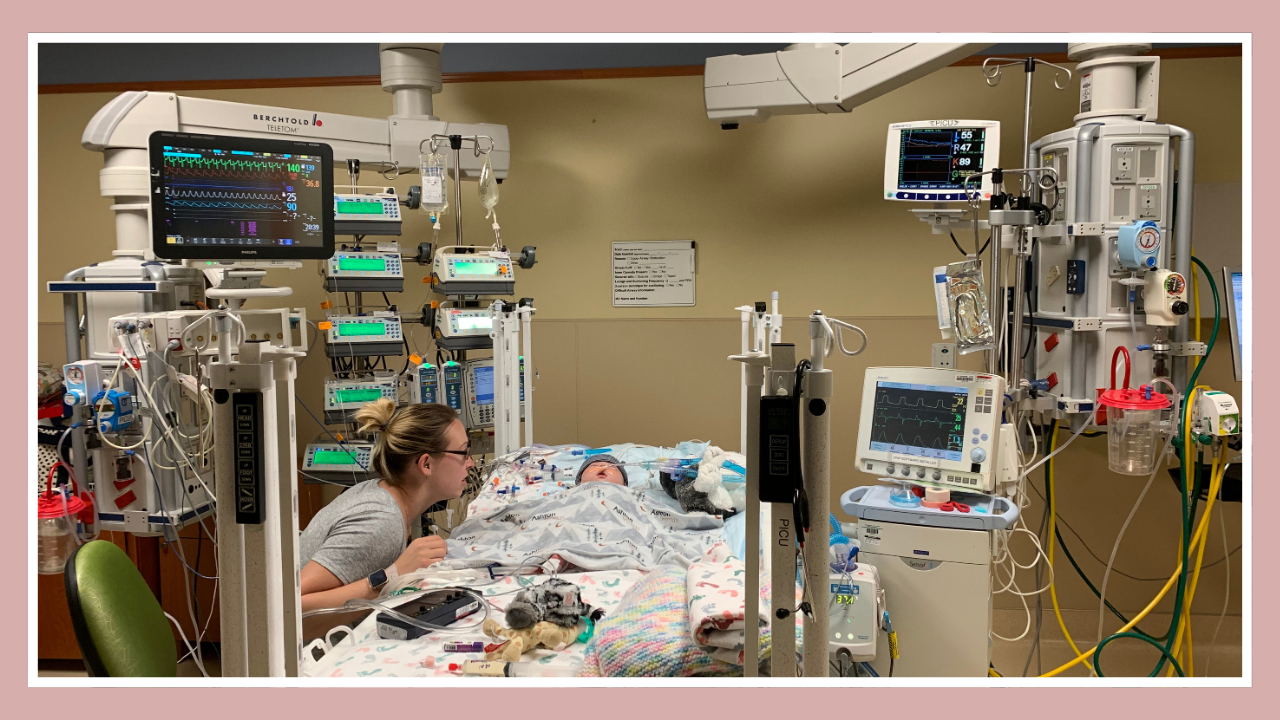
Bouncing Back: 13 Proven Tips to Reduce Postpartum Swelling
Sep 06, 2024As you navigate the exciting yet challenging world of motherhood, you might find yourself dealing with an unexpected guest: postpartum swelling. Don't worry, mama - you're not alone. Swelling after childbirth is a common issue that many new mothers face. In this post, we'll dive into why postpartum swelling happens and share 15 effective tips to help you reduce puffiness and feel more like yourself again.
Understanding Postpartum Swelling
Before we jump into the tips, let's talk about why postpartum swelling occurs. During pregnancy, your body retains extra fluid to support your growing baby. After delivery, it takes some time for your body to flush out this excess fluid. This process, combined with hormonal changes and decreased activity, can lead to swelling, particularly in your feet, ankles, and hands.
While postpartum swelling is usually harmless and temporary, it can be uncomfortable. The good news? There are several ways to manage and reduce this swelling. Let's explore some effective strategies to help you find relief.
13 Tips to Reduce Postpartum Swelling
- Stay Hydrated
It might seem counterintuitive, but drinking plenty of water is crucial for reducing postpartum swelling. When you're well-hydrated, your body is less likely to retain fluid. Aim for at least 8-10 glasses of water a day. If plain water gets boring, try infusing it with fresh fruits or herbs for a tasty twist.
- Elevate Your Feet
Gravity is not your friend when it comes to swelling. When possible, elevate your feet above your heart level. This simple action can help encourage fluid to move away from your swollen extremities. Try to do this for 20-30 minutes a few times a day, especially before bed.
- Wear Compression Socks
Compression socks aren't just for long flights anymore! These special socks can help improve circulation and reduce swelling in your feet and ankles. Put them on first thing in the morning for maximum benefit.
- Move Your Body
Light exercise can work wonders for postpartum swelling. Even gentle activities like short walks, simple stretches, and yoga can help boost circulation and reduce fluid retention. Just remember to listen to your body and don't overdo it—you're still recovering!
- Limit Salt Intake
Excess sodium can contribute to fluid retention. Try to reduce your salt intake by avoiding highly processed foods.
- Embrace Cold Therapy
Cold compresses can help reduce swelling and provide relief. Apply a cold pack wrapped in a thin towel to swollen areas for about 10 minutes at a time. This can be especially soothing for swollen feet or hands. Or try a cold bath or shower!
- Try Massage
Gentle massage can help stimulate circulation and encourage fluid drainage. You can do this yourself or ask your partner for help. Use long, upward strokes toward your heart to help move fluid out of swollen areas.
- Eat Potassium-Rich Foods
Potassium helps balance sodium levels in the body, which can reduce swelling. Include potassium-rich foods in your diet, such as bananas, sweet potatoes, avocados, and leafy greens.
- Take Warm Baths with Epsom Salt
Epsom salt baths can help reduce swelling and provide overall relaxation. The magnesium in Epsom salt may help decrease inflammation. Just make sure the water isn't too hot, as extreme heat can increase swelling.
- Wear Loose, Comfortable Clothing
Tight clothing can restrict circulation and worsen swelling. Opt for loose, breathable fabrics that won't constrict your body. This is especially important for underwear and socks.
- Use a Postpartum Belly Wrap
A postpartum belly wrap or band can support your abdominal muscles and may help reduce overall swelling. Just be sure not to wrap it too tightly, as this could impair circulation.
- Stay Cool
Heat can exacerbate swelling, so stay cool, especially during warmer months. Use fans, air conditioning, or cool showers to keep your body temperature down. If you can access a swimming pool, try going for a dip!
- Avoid Standing for Long Periods
If possible, avoid standing for extended periods. If you must stand, try to move around or shift your weight from one foot to the other to encourage circulation or walk around.
When to Seek Medical Advice
While postpartum swelling is usually normal, there are times when you should consult your healthcare provider. Seek medical attention if:
- Swelling is severe or comes on suddenly
- One leg is significantly more swollen than the other
- You experience chest pain or shortness of breath
- You have a fever or redness in the swollen area
- The swelling is accompanied by severe headaches or vision changes
- You experience a severe headache after birth
These could be signs of more serious conditions, such as deep vein thrombosis or preeclampsia, which require immediate medical attention.
Postpartum swelling can be uncomfortable, but it's a normal part of your body's recovery process after childbirth. By implementing these tips to reduce postpartum swelling, you can find relief and focus on what matters - bonding with your new baby.
Remember, every woman's postpartum journey is unique. What works for one mom might not work for another, so be patient and gentle with yourself as you find the best strategies for you. And most importantly, don't hesitate to contact your healthcare provider if you have any concerns about your postpartum swelling or recovery.
If you want to feel your best mentally & physically after the baby, The Postpartum Shift is for you!








